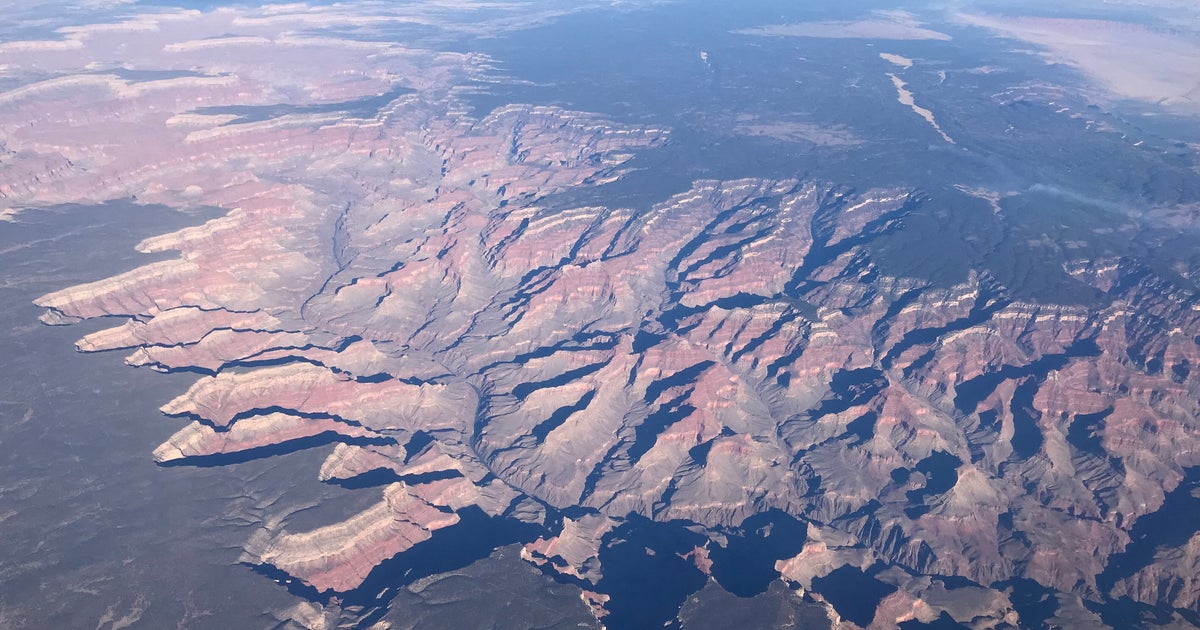President Joe Biden is set to establish a new national monument surrounding the Grand Canyon National Park, protecting nearly 1 million acres of federal lands from uranium mining and other development. The monument, called Baaj Nwaavjo I’tah Kukveni – Ancestral Footprints of the Grand Canyon National Monument, will cover approximately 917,000 acres on either side of the park. This move is in line with Biden’s goal of preserving 30% of the nation’s lands and waters by 2030.
Interior Secretary Deb Haaland stated that the designation will not only protect Native American ancestral homelands but also safeguard objects of historic and scientific importance. The Greater Grand Canyon landscape holds deep cultural and spiritual significance for tribes such as the Havasupai, Hopi, and Hualapai. The monument’s name reflects this connection, with “Baaj Nwaavjo” meaning “where tribes roam” in the Havasupai language, and “I’tah Kukveni” meaning “our footprints” in Hopi.
The creation of this monument comes after a coalition of tribes called on Biden to use his power under the Antiquities Act to prevent uranium mining and preserve cultural sites and water resources. The upcoming designation solidifies a 20-year mining ban put in place by the Obama administration in 2012. However, it will not affect existing mining claims or current operations within the monument’s boundaries.
While this move has been praised for its conservation efforts, mining interests have expressed concerns about its impact on the country’s domestic uranium supply. The U.S. relies heavily on imported uranium for its nuclear reactors, with Kazakhstan being the top supplier. Some argue that reviving the domestic uranium industry is necessary for supporting clean energy goals. However, the administration assures that the monument will not hinder mining activities, as it will only prevent new mining claims.
Arizona, where the Grand Canyon is located, holds high-grade uranium deposits and could potentially become a future location for uranium production if the U.S. chooses to revive its industry. This prospect raises concerns due to the fraught legacy of uranium mining in the state, particularly among the Navajo people, who were subjected to unfair working conditions and health risks.
Despite these controversies, President Biden remains committed to his climate and conservation agenda. The establishment of the Grand Canyon monument aligns with his pledge to protect and conserve at least 30% of the nation’s land and waters by 2030. In his statement, Biden emphasized the importance of honoring tribal sovereignty and preserving iconic landscapes for future generations.
Denial of responsibility! VigourTimes is an automatic aggregator of Global media. In each content, the hyperlink to the primary source is specified. All trademarks belong to their rightful owners, and all materials to their authors. For any complaint, please reach us at – [email protected]. We will take necessary action within 24 hours.


